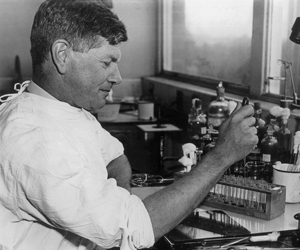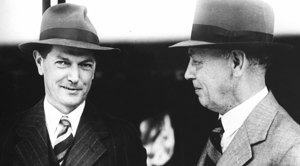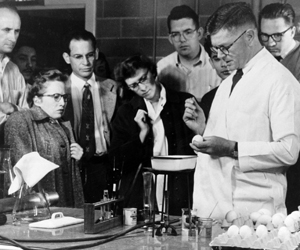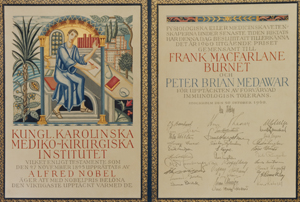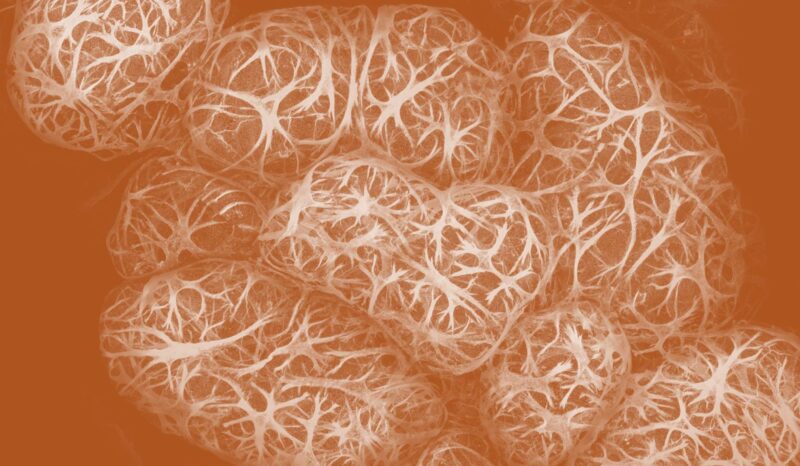An eminent virologist and microbiologist, Sir Macfarlane Burnet made important discoveries about significant viral diseases of the era including influenza, herpes, poliomyelitis and Murray Valley Encephalitis (MVE), as well as bacterial diseases including psittacosis and Q fever, the causative agent of which, Coxiella burnetii, was named in his honour.
At the outbreak of World War II, Sir Macfarlane Burnet focused the institute’s research program on producing an influenza vaccine, to counter the potential for a repeat of the devastating influenza pandemic in the aftermath of World War I.
He also expanded the institute’s research effort into tropical infections including scrub typhus, a disease that was prevalent in Australian troops in North Queensland and New Guinea. This research claimed the life of a promising colleague, Miss Dora Lush.
In the early 1950s, Dr Eric French and Sir Macfarlane Burnet proved an outbreak of encephalitis in the Mildura region was due to MVE and not, as feared, the myxomatosis virus that had just been released to control rabbits. Famously, Sir Macfarlane Burnet, Professor Frank Fenner and Sir Ian Clunies-Ross allayed public fears by inoculating themselves with myxomatosis virus, demonstrating it had no effect on humans.


